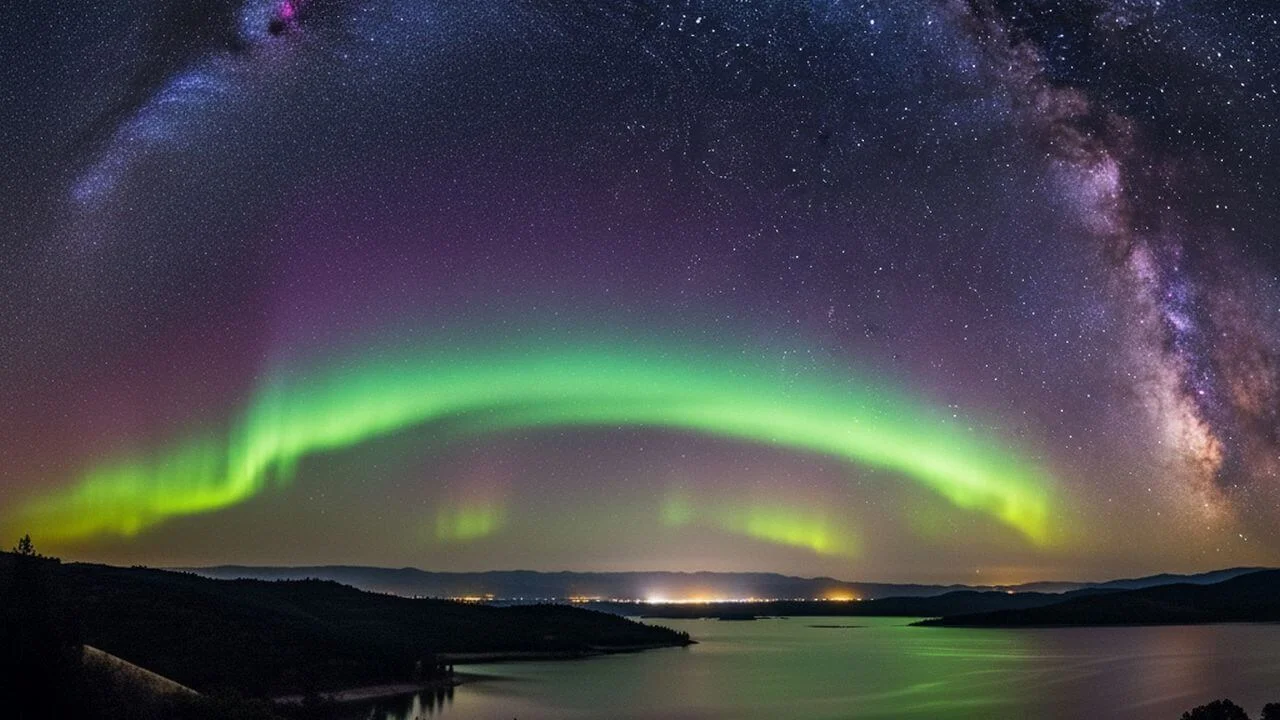Aurora Borealis Forecast: What to Expect in the Night Sky
Scientists reveal how changes in space weather could make the aurora borealis more visible than ever. Discover what’s behind these stunning sky shows.

The aurora borealis, also known as the northern lights, is a dazzling display of colored lights that dance across the night sky in high-latitude regions. This phenomenon occurs when charged particles from the sun collide with gases in Earth’s atmosphere, producing vibrant green, pink, purple, and even red hues.
The Science Behind the Forecast
Recently, researchers have improved their ability to predict when and where the aurora will appear. By monitoring the sun’s activity, scientists track solar storms that send energetic particles toward Earth. When these particles reach our planet, they interact with the magnetic field, triggering the aurora.
Advances in satellite technology have allowed scientists to observe solar flares and coronal mass ejections more closely. By analyzing data from spacecraft, experts can forecast the intensity and timing of auroras with greater accuracy.
What This Means for Skywatchers
The latest aurora borealis forecast suggests that strong solar activity could make the northern lights visible farther south than usual. People living in regions unaccustomed to seeing the aurora may have rare opportunities to witness this natural wonder.
For example, during a recent solar storm, residents in parts of the United States and Europe reported spectacular displays. One stargazer in Minnesota described seeing bright green ribbons stretch across the sky, a sight they had only seen in photographs before.
Looking Ahead
Scientists continue to refine their forecasting models, combining real-time data with historical patterns. With more precise predictions, people everywhere can better plan to catch the next aurora event. Experts recommend checking official aurora borealis forecasts and headingaway from city lights for the best view.
As our understanding of space weather grows, so does our ability to appreciate and anticipate one of nature’s most breathtaking spectacles.
This article has been fact checked for accuracy, with information verified against reputable sources. Learn more about us and our editorial process.
Last reviewed on .
Article history
- Latest version
- Last updated by Dayyal Dungrela, MLT, BSc, BS
- Peer reviewed by Dr. Arjun Patel, PhD
Reference(s)
- NWS Space Weather Prediction Center. “Aurora Viewline for Tonight and Tomorrow Night (Experimental).” NOAA / NWS Space Weather Prediction Center <https://www.swpc.noaa.gov/products/aurora-viewline-tonight-and-tomorrow-night-experimental>.
Cite this page:
- Posted by Aisha Ahmed